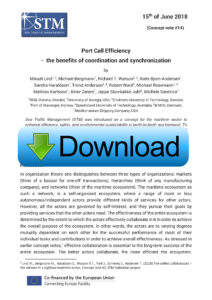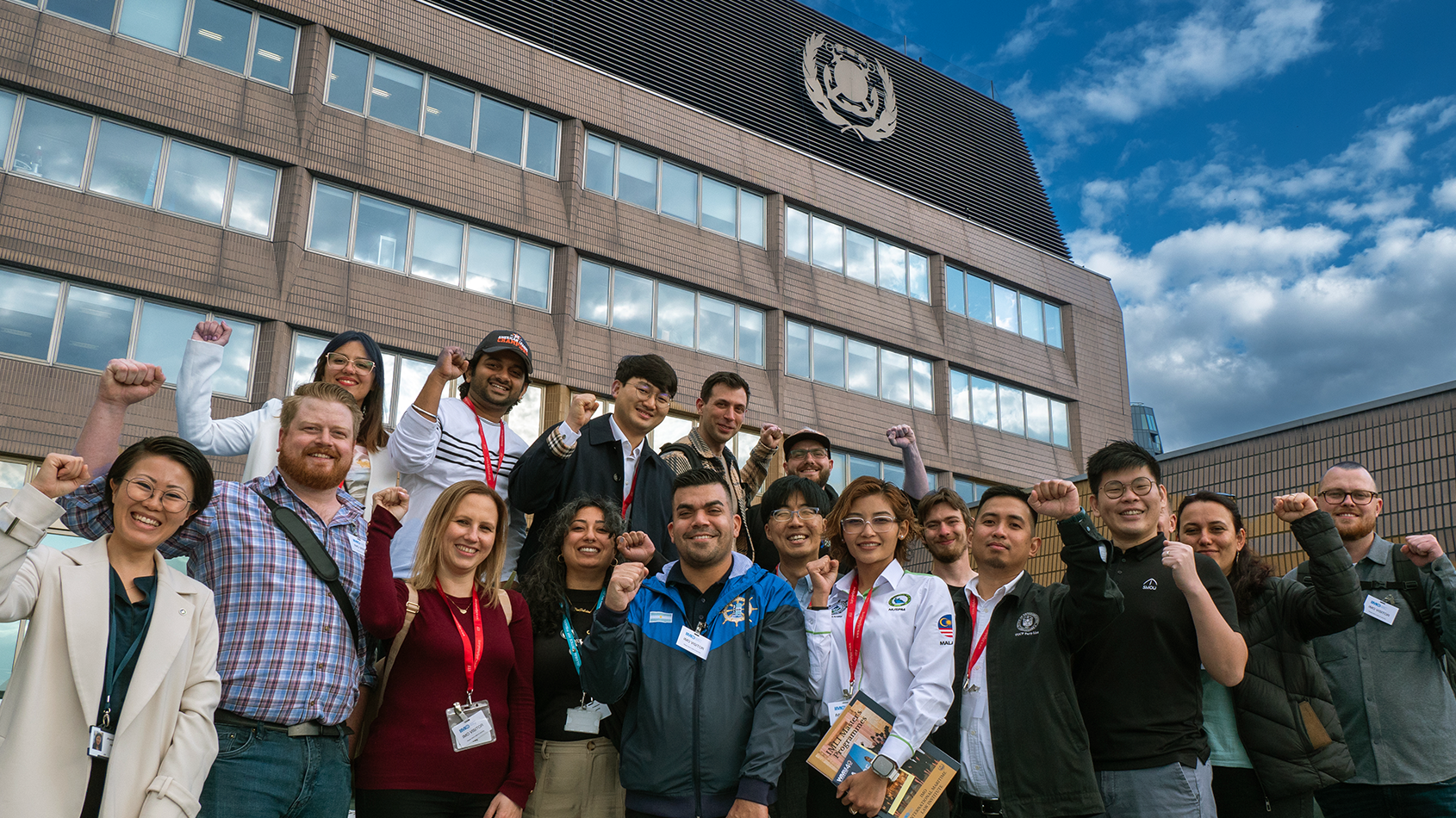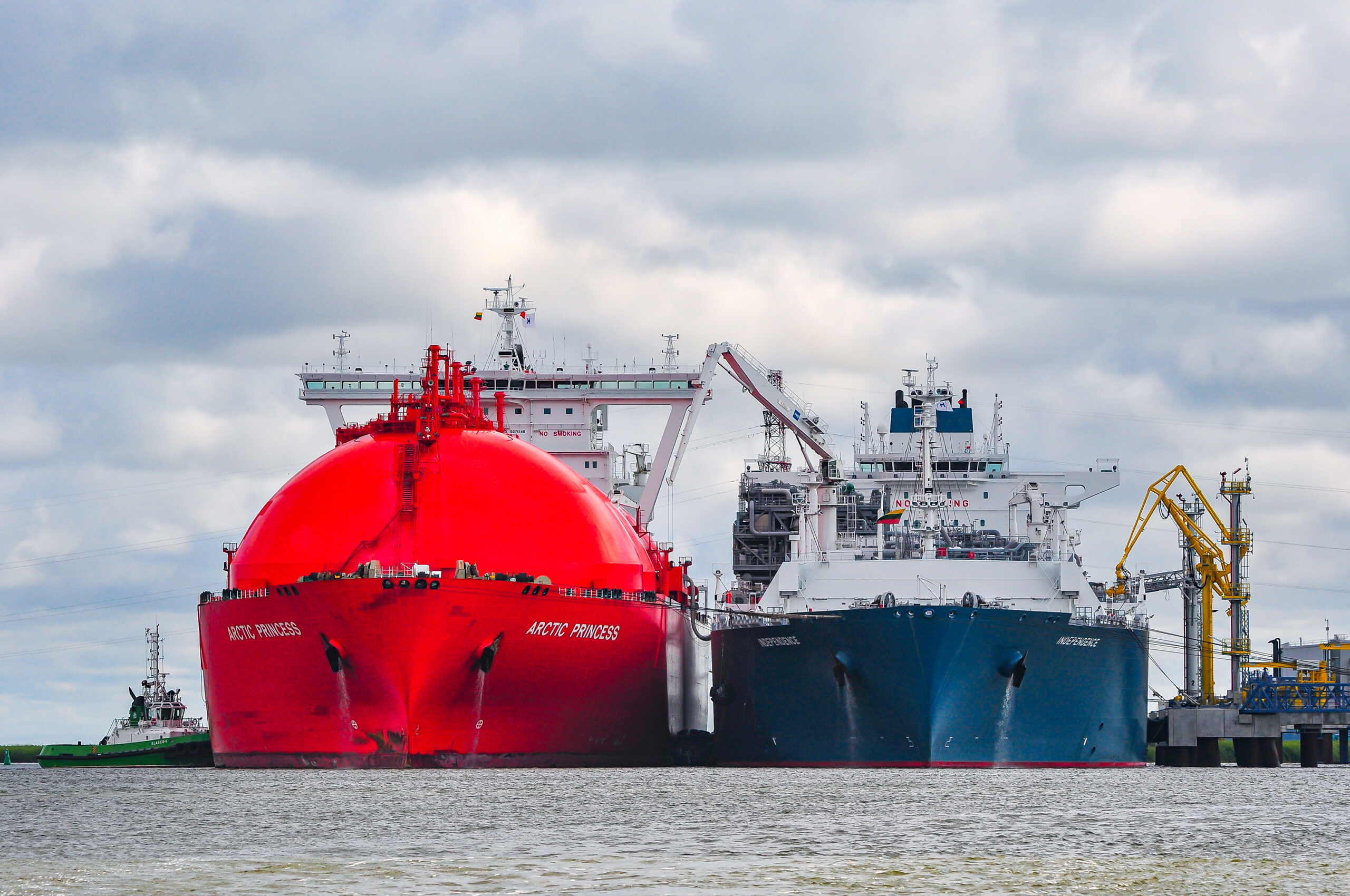In a new Port CDM concept note, the authors examine how the shipping and port industries could benefit from a new kind of contract that will help overcome the limitations of the traditional and sometimes limiting charter party agreements.
Readers of Fathom will no doubt be aware of the recent series of Concept Notes being published from the Port CDM developers at the EU funded Sea Traffic Management validation project.
Port CDM, or Port Collaborative Decision Making, is all about creating a common automated language, where the various organisations involved in the operation of bringing a vessel through a port environment to a berth, offloading or loading cargo, then getting it out to sea again, find common trust and communication to create efficiencies.
Port CDM falls under the goals of the Sea Traffic Management Validation Project, which has other projects that look at improved safety and efficiency during a vessel’s subsequent voyage between ports.
The Port CDM project argues that ship calls are inherently inefficient due to the individual demands of ship operator, terminal, harbour, tugs, pilots, stevedores, and vessel traffic management.
It has already started the process of formalising standard time stamps, which can be shared by all necessary actors to allow for better planning – bearing in mind that a port may have many vessel movements to co-ordinate, a terminal needs to co ordinate with the actors involved in hinterland transport and the vessel manager and master need to co ordinate a series of port calls and passages (taking into account diverse factors which as routing, arrival time and not least the clauses written into a charter party.
In this latest Port CDM/STM concept note the argument is that a three party contract needs to be developed in two different parts of the transport chain. The first will be an agreement between the charterer/cargo owner/shipping and the vessel and the port to ensure the smooth transport of the cargo. The second also involves the charterer/shipping and the relevant port actor, but also the hinterland operator.
The former will then be able to complement the existing traditional charter parties and also promote the idea that a port or terminal can advise of an optimal arrival time of a vessel, thus giving that vessel the possibility to steam towards that port at an optimal speed (for fuel consumption and CO2 emission reasons).
These two contracts will need to be aligned to create on one hand the best level of co ordination between the various actors and also to create synchronisation of various activities to being about efficient cargo flows.
In the 14th Concept Note the authors write:
“The specific culture and attitude in the maritime ecosystem (shipping line, terminal and hinterland) need to be taken into account when preparing for a change for introducing third-party contracts. Agreeing on three-party contracts and enabling the sharing of data to support this new mode of operations will be a change in mindset worthwhile exploring. Initially, all actors may not welcome it, since it likely requires some loss of autonomy by individual participants.”
Read 14th concept note here:
The concept of Port CDM is explained in a short video produced by STM in 2015:
Fathom.World


































